BAE Systems are developing technologies to enable pilots to control the fighter jet of the future with the blink of an eye.
The company reason that as military domains become more contested, technologies become more complex, and sources of data multiply it is crucial that pilots are able to quickly access, assess and act on critical information.
BAE Systems say its specialist team of Human Factors engineers collaborate with pilots to better understand and anticipate their needs in this challenging environment.
“These insights shape the intuitive technologies that the team is developing for the cockpit of the future. One area the team is focusing on is technologies that enable pilots to control the cockpit in new ways.”
Lead Technologist Jean Page explains in a release:
“In terms of future concepts, we are looking at what we are calling a ‘wearable cockpit’. Here, you remove many of the physical elements of the cockpit, and replace it with a virtual display, projected through the helmet. Essentially, it’s a software-only cockpit that’s upgradeable, adaptable and reconfigurable.
In such a world, we need to think about what controls are critical to the pilot and then make them easier to manage. Eye-tracking gives you the option of looking at something to highlight it and then making a gesture to ‘press’ a button, rather than having a series of physical buttons on the aircraft.”
In cockpit design terms, simply understanding where a pilot is looking during a particular phase of a mission is hugely beneficial. For example, enhancing the effectiveness of warning signals so that the pilot is given the right cues and subsequently making it easier for them to react.
Jean continues:
“The really clever bit will be that based on where the pilot is looking, we can infer the pilot’s goal and use intelligent systems to support task performance and reduce the pilot’s workload. We want to do it in a way that doesn’t always ask for permission, because that would get very annoying very quickly but equally, it is essential that it is always evident to the pilot what task the intelligent system is performing.”


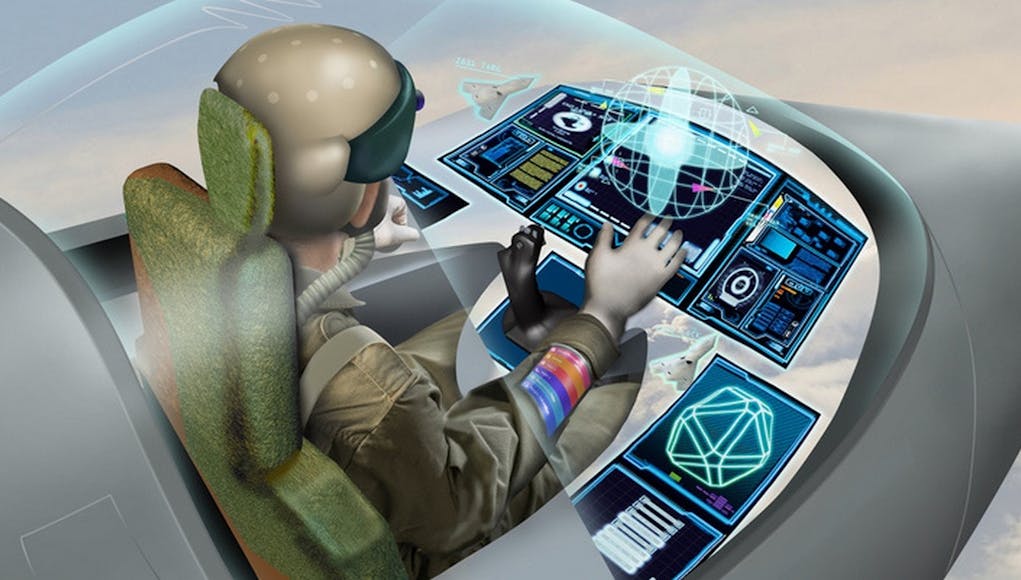
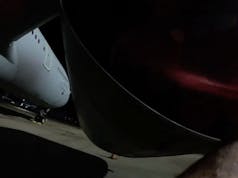

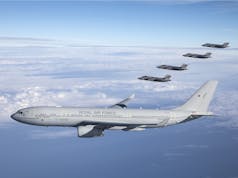

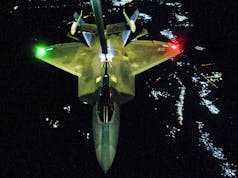

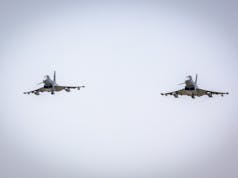


It would suggest from this article that Tempest is going to be a formidable aircraft when it’s finally delivered sometime in the 2030’s.
Hopefully, we will see new technologies developed for it tested and evaluated on a growing Typhoon fleet. Looking forward to future upgrades which should help keep the Typhoon ahead of the game!
The rapid development of the cockpit technology will eventually lead to unmanned and manned fighters being commonplace. Those planes with a pilot will still be fully autonomous, but with a human override, very similar to the London Docklands railway?
Aye Aye!
Hmmmmmm . Assuming you meant “Aye Aye”, I’m given to believe that you are either referring to a small Madagascan rodent with a Long Finger, or a long running Series In which a Scotsman made a Unique Niche for Himself Replying to one Captain kirk’s Question about the Warp Drive Integrity on the Star ship Enterprise. Or you just kind of spelt ” Eye Eye” wrong.